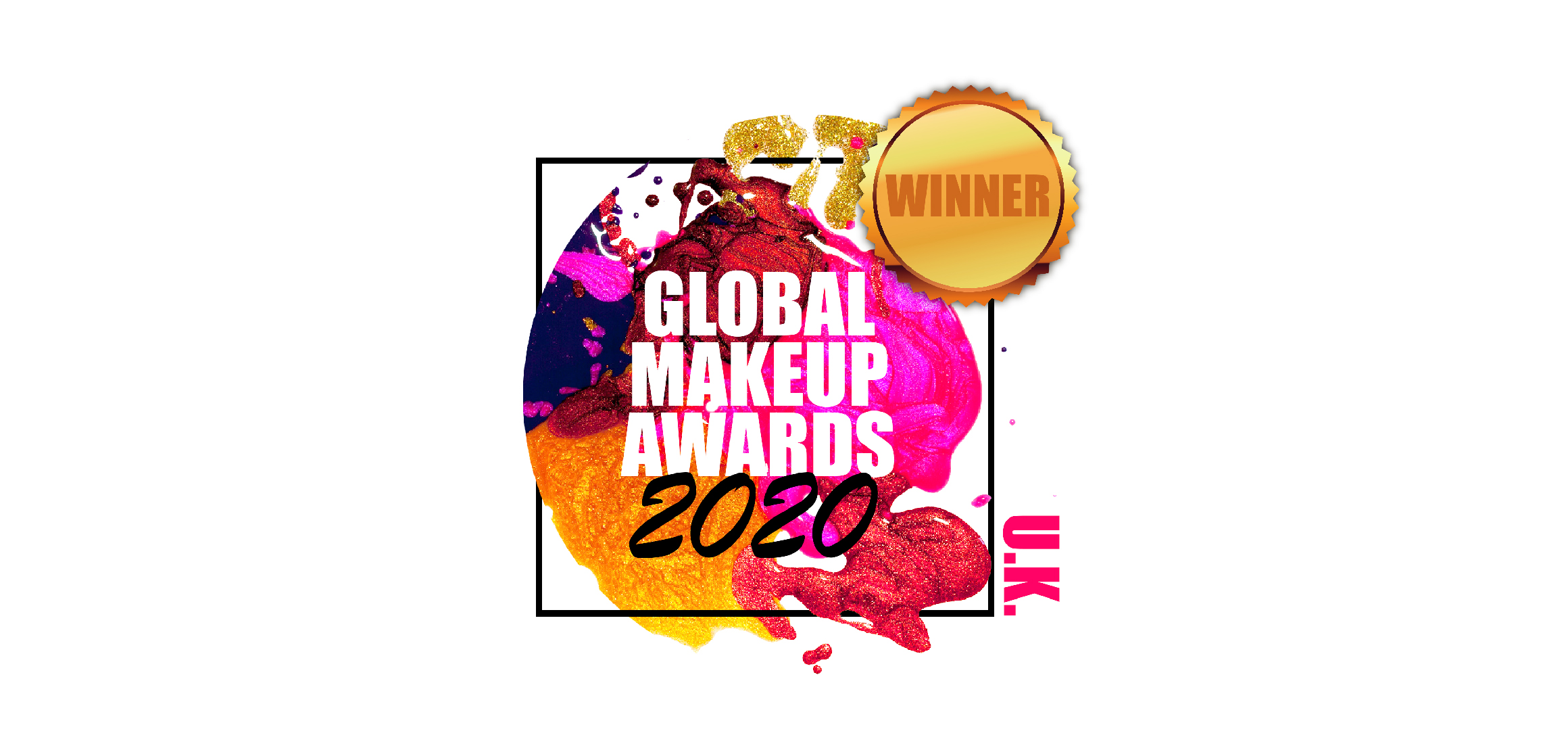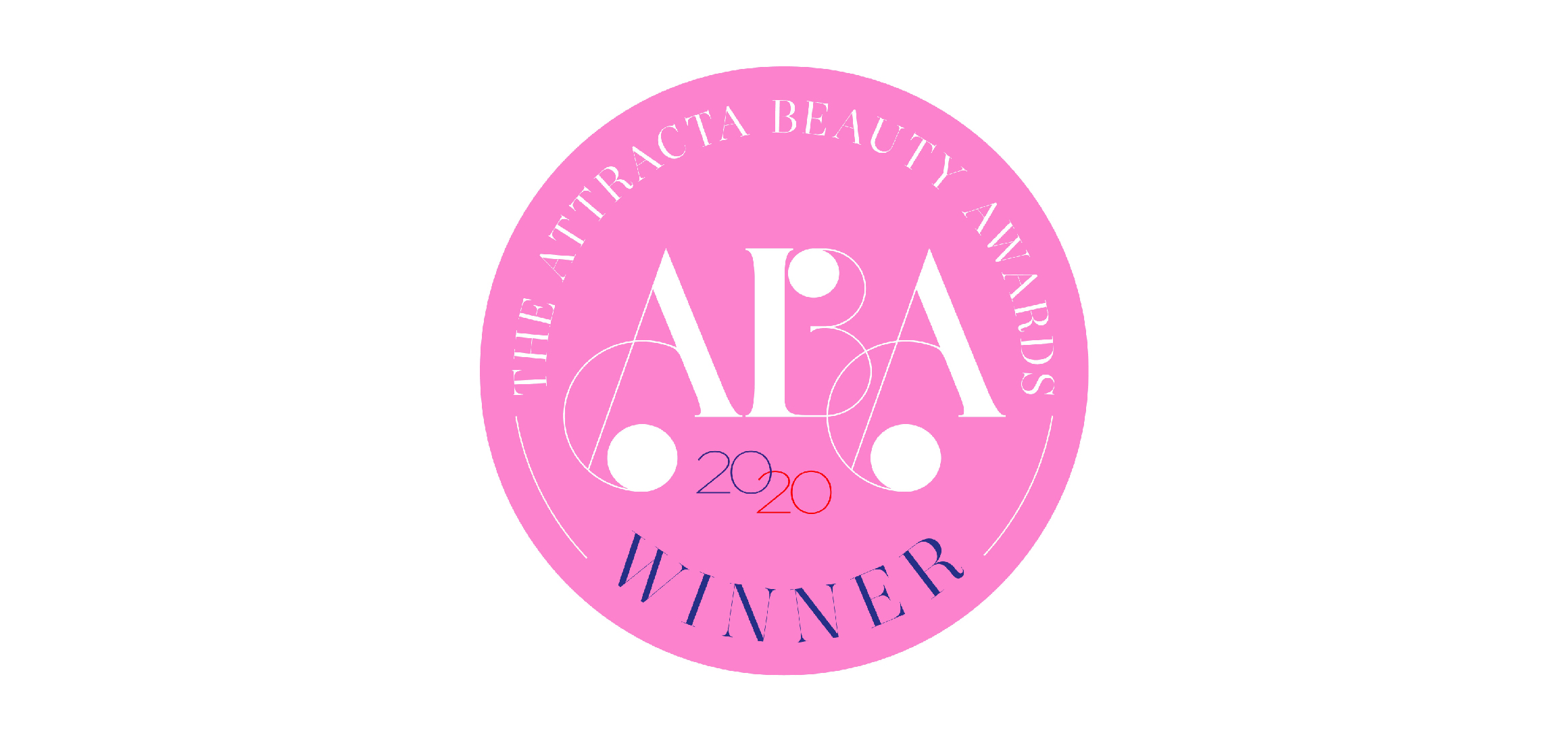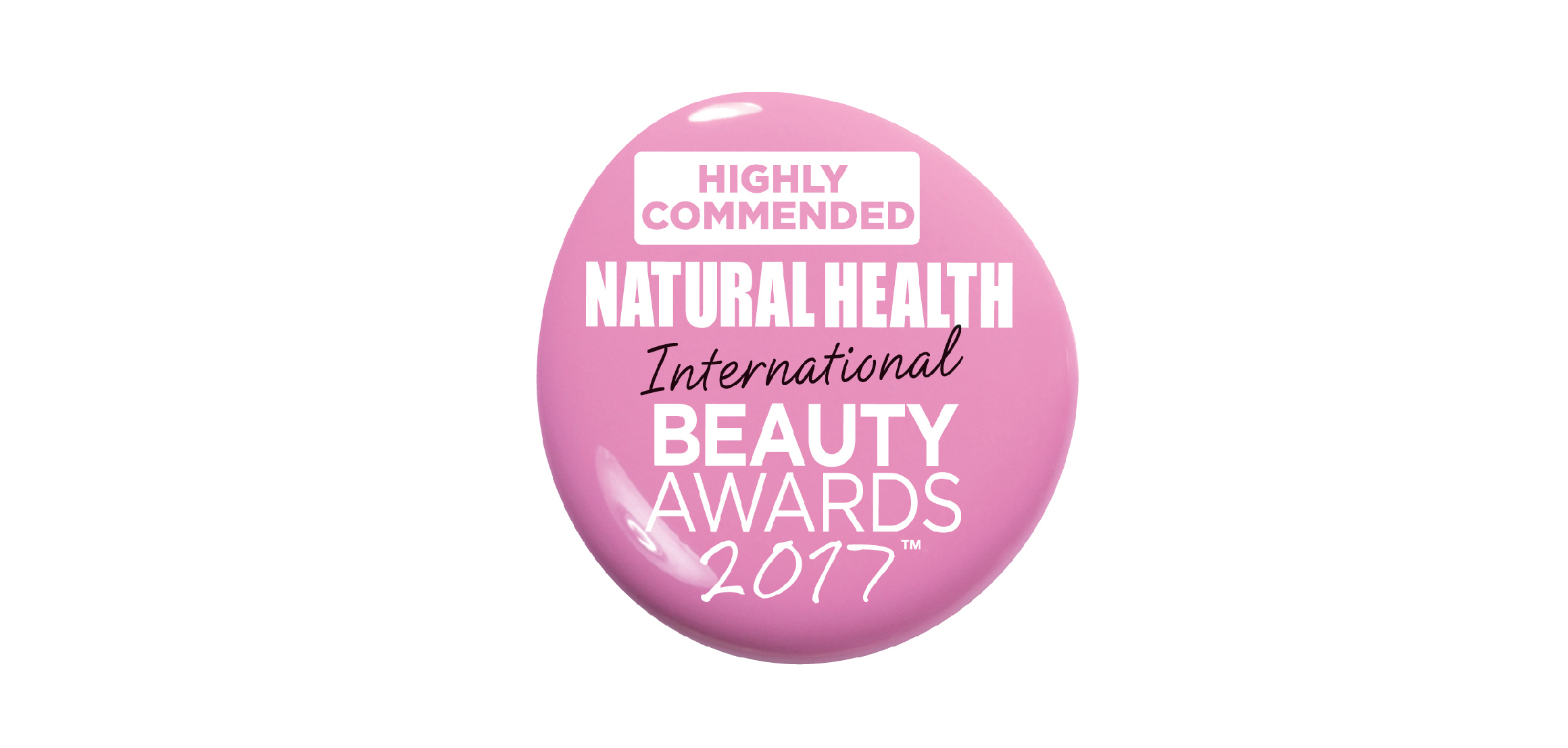The House of Life was an ancient Egyptian knowledge hub: a place at the forefront of modern thinking where wisdom and learning was documented and kept safe for future generations. Jan Assman, the German Egyptologist tells us that it was “the center of cultural endeavor to preserve and ensure the ongoing progress of cosmic, political and social life”. First mentioned in royal decrees around 2200BC, later documents indicate that books copied and compiled at the House of Life also contained information on good health. Secret, magical writings were also said to have the power to renew and sustain life, and further the rebirth of Osiris at his annual festival.
The Flower of Life is our emblem. It represents skin rebirth and regeneration, divine scents and fulfilled dreams, all inspired by its history.
Also known as the lotus waterlily, the Flower of Life was ancient Egypt’s national plant. To them it symbolised rebirth and regeneration – inspired by the action of its petals opening in the morning and closing again at night – and was used to represent life entering the underworld and being reborn. Due to its intense perfume, the flower was also associated with Re, the sun god, and ancient images of the dead were often shown drinking in the scent. Ancient Egyptians also had a traditional Feast of the Lotus, where they took burning candles down to the Nile. The candle was placed onto the water with a wish and if it stayed afloat they believed their wish would come true
Found at the crossroads of Europe and Asia, Georgia is a country with rich folk medicine traditions. Bordering Turkey, Russia, Armenia and Azerbaijan, Georgian medicine draws from the principles of eastern and western medical practices, leaning towards the highly institutionalised Chinese and Unani theories.
Throughout history Georgians have used their abundant native plants to create home remedies and commercially-marketed medicines. The ancient kingdom of Colchis, centred in modern Georgia, led the ancient Greeks in their understanding of medicinal plants, and German scholar Kurt Sprengel starts his book “The World History of Medicine” with a section on ancient Colchis medicine. Some medical historians suggest that the principle “contraria contrariis curantur”, opposite cures the opposite, dates back to ancient Colchis and their healer and sorceress princess Medea, acquiring its final form in the classical Greek and eventually in the modern medicine.[3] Recipes and practices have been passed down through families and generations to keep Georgia at the forefront of ancestral medicines.
House of Life is proud to be able to bring Georgia’s unique heritage of botanical medicines to the wider world as part of our organic skincare treatments.
Health is the core of our foundation and phylosophy. House of Life strives to bring you the latest news, innovations and practices on health and anti-ageing science that help to prevent and correct ageing appearances organically, without the needs for invasive surgery or use of toxic chemicals. See latest findings on health and science on news portal or social medias.
RH Princess Tessy of Luxembourg
‘Winner of Woman of the Decade Award fighting for the course of woman’s health and education ’Founder of Professor Without Borders’


Official member of:
Denise Davies
House of Life Customer
Katerina
House of Life Customer
Camilla Drinkall
House of Life Customer
Lucy Leatham
House of Life Customer
Jackie
House of Life Customer
Jacqui Smith
House of Life Customer











